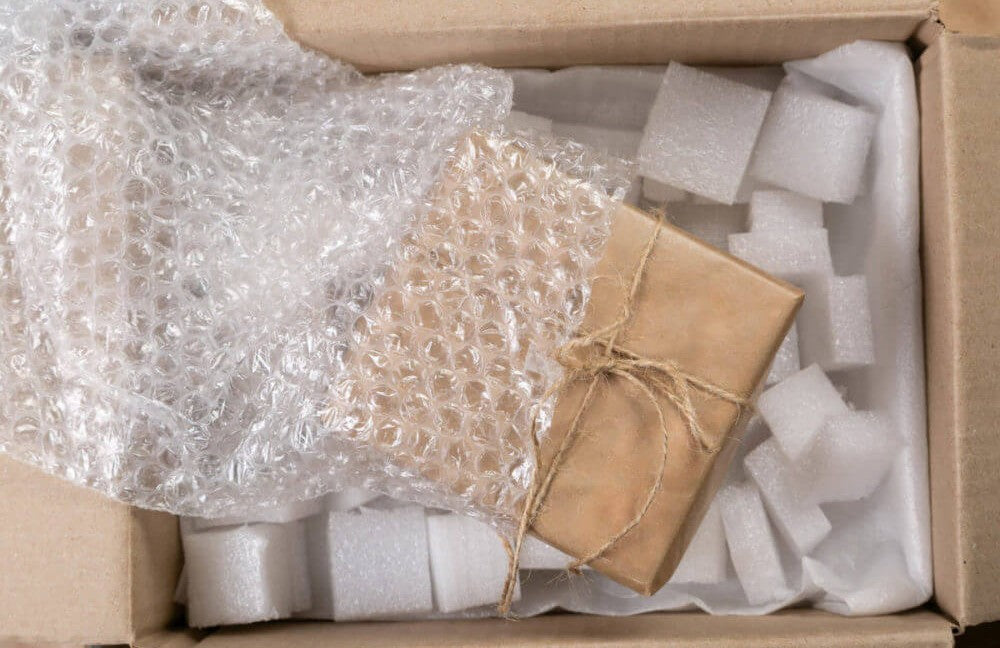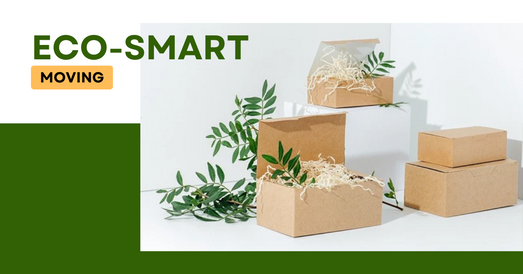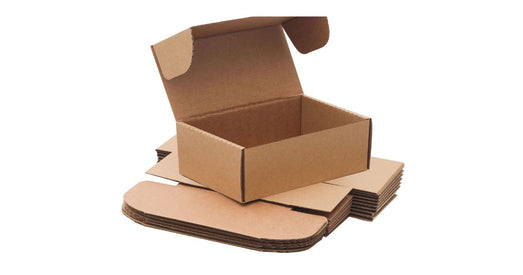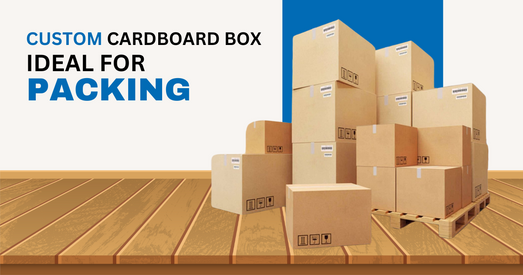Bubble wrap has many important uses and can be used during house moving, storage or shipping for protection purposes. It is made up of hundreds of tiny air bubbles that provide a layer of protection around the object that you wrap it around, and the air bubbles work together to absorb shock from knocks and bumps when a parcel is accidentally hit or knocked or dropped.

Before we look at how to use bubble wrap, it is important to know the different types when you buy bubble wrap:
Large bubble wrap. This type of bubble wrap has large air bubbles, which provide additional levels of protection for heavier and larger objects. This isn’t always necessary as you can put several layers of regular sized bubbles around an object to provide the same outcome, but for the ultimate level of protection from damage, large bubble wrap can be a good idea. It is slightly more expensive than regular bubble wrap, but is definitely higher quality.
Small bubble wrap uk. This is normal bubble wrap with regular sized bubbles of air. This is the most common type and is ideal for most things. You can put several layers around an object to provide the protection that you need and the small bubbles enable it to fit around the contours of almost any object no matter what shape or size. It is low cost and highly effective, so we always recommend this type as being the best.
So when it comes to using bubble wrap for packing, how exactly do we do this?
Firstly you’ll need to lay out some bubble wrap on a table or on a clean floor. The amount of bubble wrap you will need will depend on the size and weight of the object you are protecting.
Bubble wrap always comes on a roll and you can typically buy five, ten, twenty or one hundred metres at a time. This enables you to use the amount that you need, cut it off, and then re use the rest of the roll for protecting other objects.
For very small objects, you will only need a small amount of bubble wrap for moving and just one layer should be enough. However for very large and heavy objects you will need a lot of bubble wrap and you’ll need at least three to four layers of bubbles for protection.
Lay some bubble wrap out on the table, place your object onto the bubble wrap, and then roll the bubble wrap around the object several times over in different directions so there are no air gaps. Cross the bubble wrap layers slightly each time you wrap around the object.
Once you are happy that you have fully covered the object with a sufficient amount of bubble wrap, you will need some strong packing tape to secure the protective packaging in place around the object.
You can now place the object into a strong packing box, made from double walled cardboard, which will further protect the object. Ensuring that the box is the perfect size is another way to prevent damage as the object won’t be able to move around within the box. If there are any gaps inside the box, simply use some more bubble wrap to stuff in the gaps to hold the object in place.
Once you have finished using the bubble wrap, with any leftovers or the bubble wrap you have used already, you should recycle it in your normal household recycling bins. Most bubble packing wrap is fully recyclable now so there is no reason to throw it away. If the air bubbles are still intact, then you could simply store the bubble wrap and re use it in future for another purpose. You could pass it onto a friend or family member or neighbour who has a use for it, for example they might be moving house soon. If in doubt, pass it onto a local business who might use bubble wrap for shipping their products to customers.
When it comes to moving house, or packing multiple items that are going into the same box, or just multiple items in general, it is best and safest to pack up each item individually rather than wrapping them all up together. The reason for this is because if you wrap them up together, they can still knock against each other and become damaged or scratched. If you wrap them up individually, then there will always be a layer of bubble wrap in between the objects themselves as well as around the objects too, so this is the best thing to do. It can be a little more time consuming however, so it really depends on the situation.





